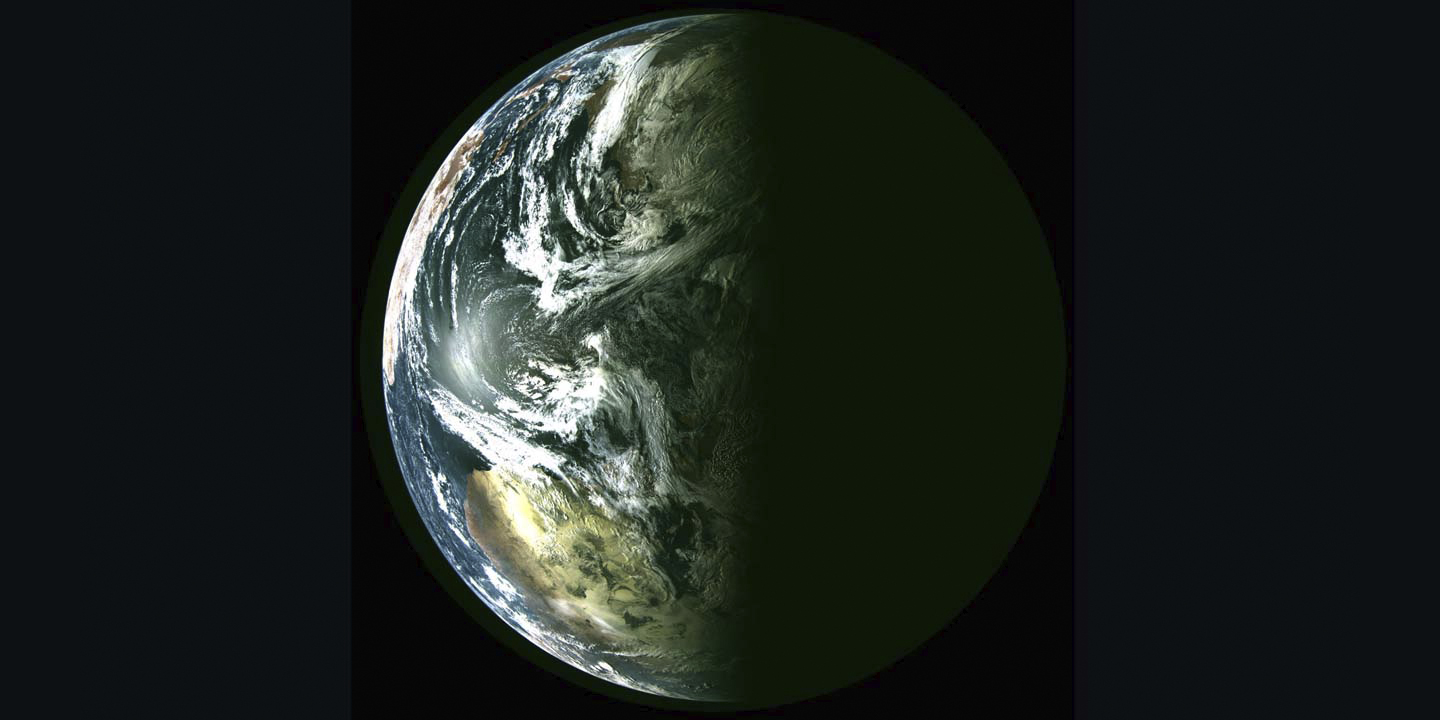
The satellite was launched into orbit from the Baikonur cosmodrome on December 16, 2023 by a Soyuz-2.1b carrier rocket with a Fregat upper stage. The spacecraft is currently in a working highly elliptical orbit with an inclination to the equator of 63.3 degrees, an apogee height of approximately 38,900 km and a perigee of about 1,400 km. All its service systems are functioning normally.
The Arktika-M device No. 2 was developed at the S.A. Lavochkin Scientific and Production Association. Its previous model, also part of the Arktika-M system, was launched into the target orbit in February 2021.
The satellites of this system are aimed at obtaining heliogeophysical information, relaying information from ground-based meteorological data collection platforms and transmitting signals to rescue services about the location of ships and aircraft in distress.
The two Arktika-M spacecraft will alternate between each other in the working sections of the orbits in order to provide a continuous round-the-clock overview of the northern territory of Russia and the Arctic region, Roscosmos added.